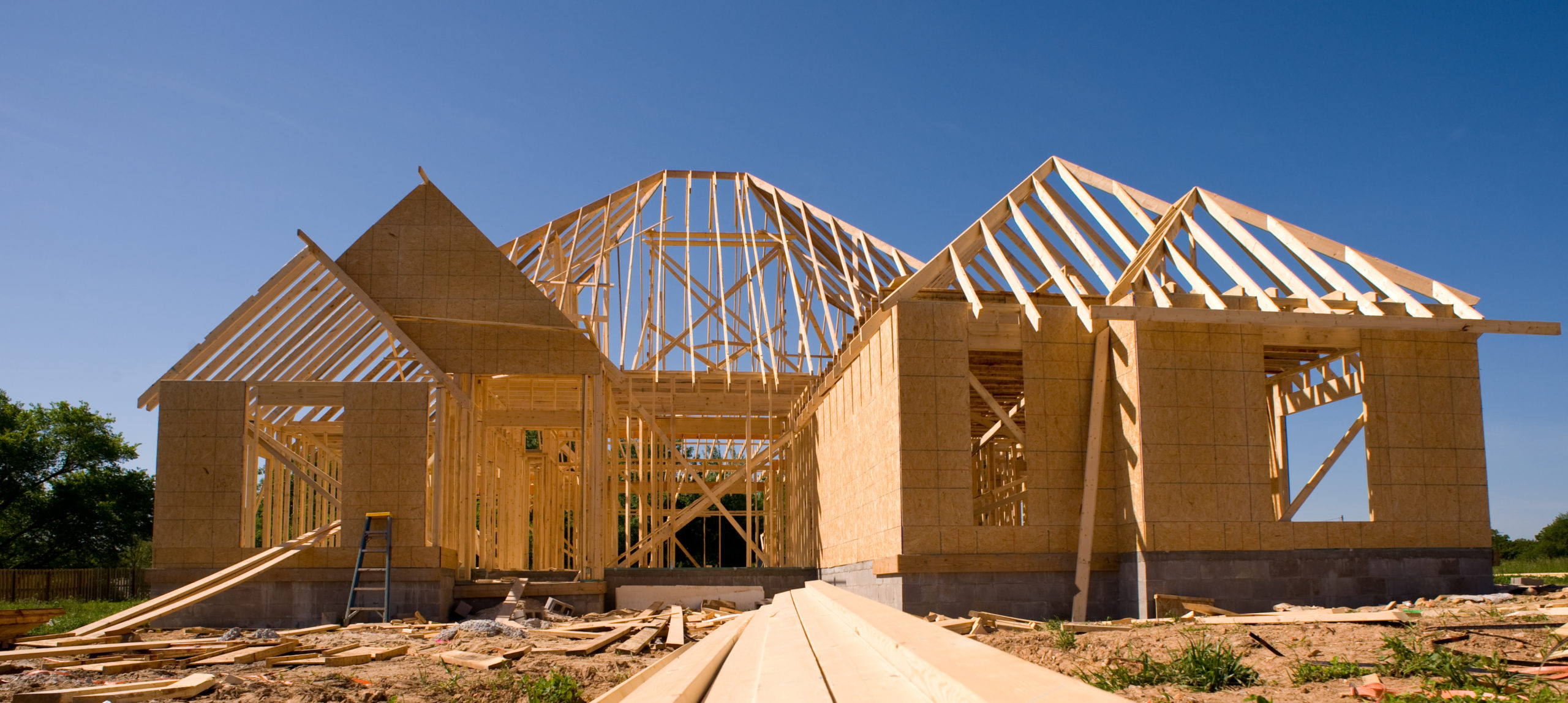When you purchase a home, usually you can rely on a standard mortgage to pay for it. However, when it comes to building from the ground up, a regular mortgage will not suffice. This is where a construction loan is needed.
Read more to learn about how new construction loans work, how they differ from a standard mortgage, how you can qualify, and what will happen once your new build is complete.
What is it?
A construction loan is short-term or temporary financing that funds the building of your home. This loan is paid out through a series of installments as the project advances.
They are considered riskier than conventional home loans. This is simply because there is no home built, so there is no collateral. Because of this, you will typically need to make a down payment of at least 20%. This payment is calculated based on the combined cost of the land and estimated construction costs.
This risk factor also rolls into the interest rate of the loan. Construction loans tend to have a higher interest rate. This rate is typically circumstantial and depends on the type of home being built, location, loan terms, etc.
While construction is in process, you typically will only pay interest on the installments being disbursed until the home is complete.
How can I qualify?
As for any loan, you will need to have your finances in order. Since a construction loan is more of a risk to lenders, the process can be a bit more extensive.
Lenders may require a higher credit score and more documentation to mitigate the risks that come with it.
On top of completing extensive research on your credit and financial history, lenders will also take a deep dive into the company building your home.
Preparation plays a big role in qualifying. You will need to have ALL the details of the project in place before applying. This includes building permits, property surveys, building plans, signed construction contracts, proof of land purchase, project specifications, estimated costs, and a timeline for the build in place.
Lenders will closely review your finances and the project plans before determining if you qualify.
Different types of construction loans
There are essentially two ways that a lender will handle a construction loan.
One way is a stand-alone construction loan. This loan covers only the home build. This means that you will have to apply for a separate mortgage if needed to cover the home once it is fully built.
Another way is a construction-to-permanent- loan. This is where the lender will convert the construction loan into a mortgage after the home is built. This type of loan is the more streamlined option.
Not all new builds require construction loans. Make sure to discuss all options with your lender and decide based on what works best for you.


